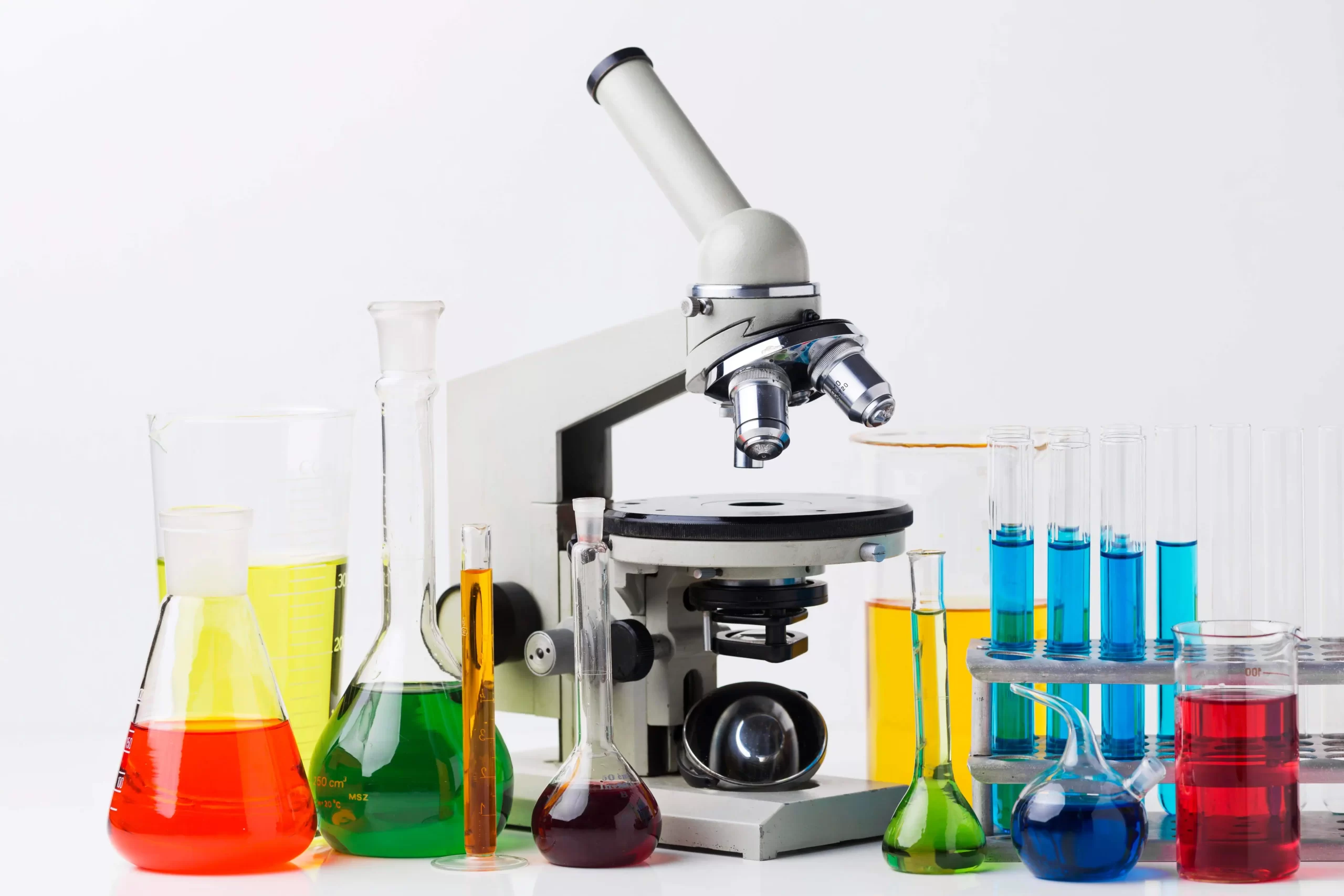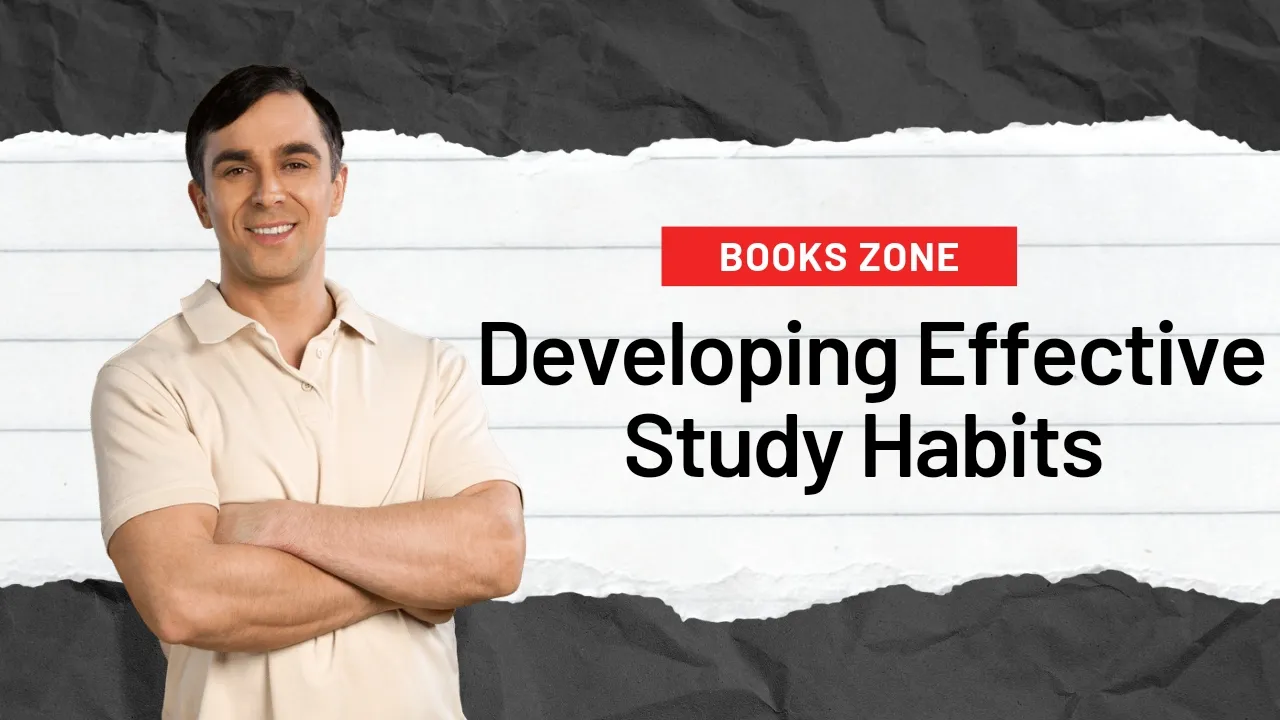CBSE NCERT Class 10 Notes Science contains physics, chemistry and biology notes of chapter 1 Chemical Reactions And Equations topics given in textbook are part of Revision Notes for Class
Science Notes cover an overview of the main given points of every concepts and Topics in the NCERT TextBooks Class 10th Science this Chapter Notes includes topic/concepts wise explanations for all the topic provided in the book such as Burning, Rusting, Respiration, Formation of Curd and Chemical reactions
Well prepared Class 10th Science all Chapters Notes will guidance students understand the topics ,concepts and themes covered in all the chapters of Ncert Text book of 10th
Chemical reaction:
The process in which new substances with new properties are formed from one or more substances is called Chemical Reaction.
Examples –
– Rusting of Iron
– Burning of wood
– Formation of Curd
– Respiration etc.
Following observations help to determine whether a chemical
reaction has taken place:
1) Change in state
2) Change in colour
3) Evolution of a gas
4) Change in temperature
Reactant: The substances which take part in chemical reaction.
Product: The substances which are formed in a chemical reaction.
Chemical Equation:
– Symbolic representation of a chemical reaction is said to be
Chemical equation.
– It involves uses of symbol of elements or chemical formula of
reactant and product with mention of physical state.
The necessary conditions such as temperature, pressure or any
catalyst should be written on arrow between reactant and products.
– Example :
Magnesium is burnt into air to form magnesium oxide can be
represented as
Mg + O2 →MgO
Important Note
Physical state of the reactant and products are mentioned to make chemical reaction more informative.
Example we use (g) for gas, (l) for liquid, (s) for solid and (aq) for aqueous. Thus is good for chemical reactions and equations notes
Balancing Chemical Equation:
Chemical reactions and equations notes also include the mean to balance the equations by several methods. They are:
Law of Conservation of Mass –
– Mass can neither be created nor be destroyed in a chemical reaction. Thus remains conserved.
– So number of elements involved in product side will be same as
reactant side.
H2 + O2 → H2O.
– In this Chemical equation number of H atoms in reactant side
is 2 and that of product side is also 2. Number of O atoms in reactant side is 2 but that of product side is 1.
– To balance this equation, we have to use hit and trial method.
2H2 + O2 → 2H2O
– Now the number of atoms in reactant side is equal to that of product side.
Thus, balanced.
Types of Chemical Reactions
There are several types of chemical reaction based on different
factors –
Based on Chemical Change:
There are total 8 types of Chemical reactions –
1) Combination Reaction –
The reaction in which two or more substances combine to form a new single substance.
C + O2 → CO2
2) Decomposition reaction –
The reaction in which a single substance decomposes to give two or more substances.
Nacl → Na + Cl
Decomposition reactions can be of three types –
i) Thermal Decomposition –
When a decomposition reaction is carried out by heating.
CaCO3 → CaO + CO2
ii) Electrolytic Decomposition – When decomposition is carried out by passing electricity.
2H2O + electric current → 2H2 + O2
iii) Photolytic Decomposition – When decomposition is carried out in presence of sunlight.
2AgCl + sunlight → 2Ag (s) + Cl2
3) Displacement Reaction – The chemical Reaction in which an element displaces another element from its solution.
Fe + CuSO4 → FeSO4 + Cu
4) Double Displacement Reaction – The reaction in which two different atoms or group of atoms are mutually exchanged.
Na2SO4 + BaCl2 → BaSO4 + 2NaCl
5) Precipitation reaction – The reaction which involves formation of precipitate (insoluble substance) is known as precipitation
reaction.
Pb(NO3)2 + 2KI → 2KNO3 + PbI2














Leave a Comment